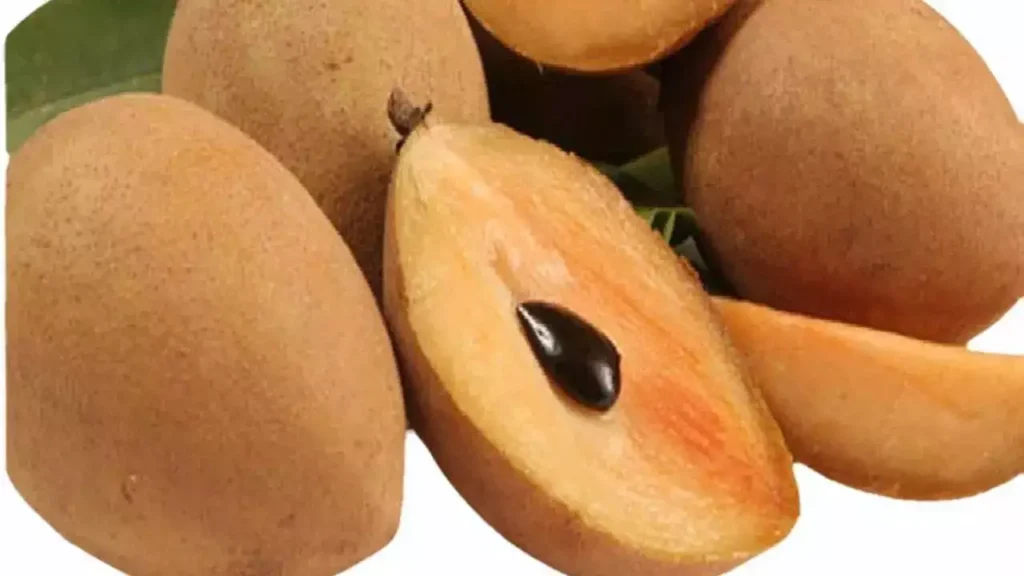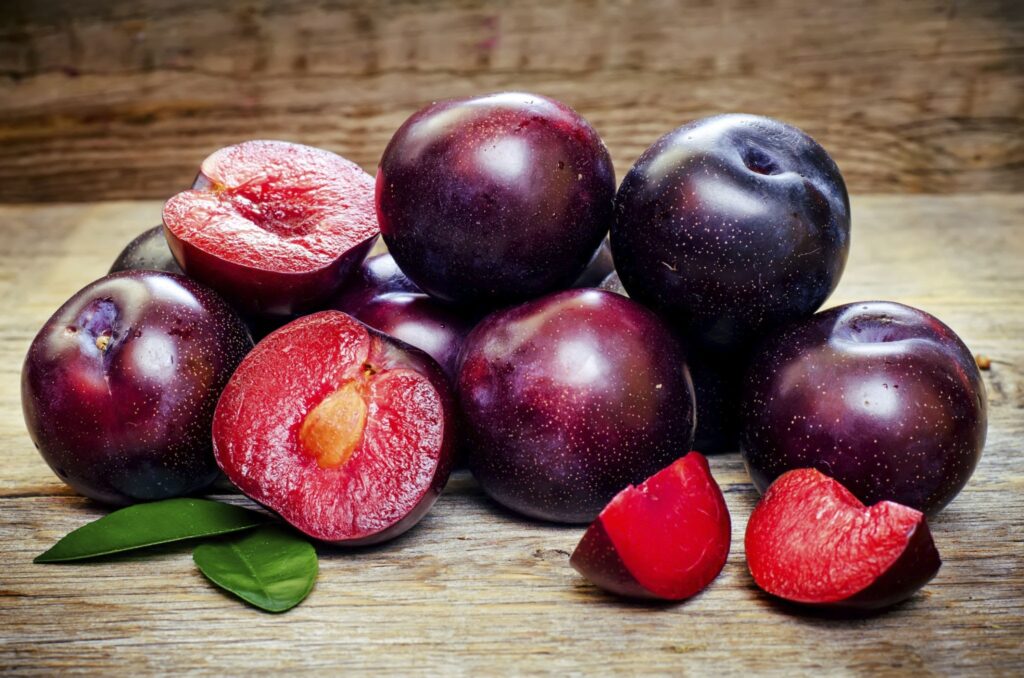Watermelon is a hydrating fruit, composed of about 92% water. It is rich in vitamins A and C, promoting skin health and immunity. Watermelon contains antioxidants like lycopene, which may reduce the risk of certain diseases. This fruit is low in calories, making it a healthy snack option. Watermelon can be enjoyed fresh, in salads, or as juice.
ABOUT WATERMELON
Watermelon, scientifically known as Citrullus lanatus, is a large, juicy fruit that belongs to the Cucurbitaceae family, which also includes cucumbers and pumpkins. Originating in Africa, this refreshing fruit has been cultivated for thousands of years and is now grown in various regions around the world. Watermelons are characterized by their thick green rind and sweet, red or pink flesh, which is dotted with black seeds, although seedless varieties have become increasingly popular. Rich in water content, typically around 90%, watermelons are not only hydrating but also low in calories, making them an ideal snack for those seeking a healthy diet. Additionally, they are a source of essential vitamins and minerals, including vitamin C, vitamin A, and potassium, contributing to overall health and wellness. Beyond their nutritional benefits, watermelons hold cultural significance in many societies. They are often associated with summer and outdoor gatherings, serving as a staple at picnics, barbecues, and festive occasions. The fruit’s vibrant color and sweet flavor make it a favorite among children and adults alike. In some cultures, watermelons are even used in traditional dishes and beverages, showcasing their versatility. Furthermore, the seeds and rind of the watermelon are not wasted; they can be roasted for snacks or pickled, respectively, highlighting the fruit’s potential for zero waste. As a symbol of abundance and refreshment, watermelon continues to be celebrated for its delightful taste and health benefits, making it a beloved fruit across the globe.


Cucurbitaceae family,
The Cucurbitaceae family, commonly known as the gourd or squash family, encompasses a diverse group of flowering plants that are primarily characterized by their sprawling vines and distinctive fruit types. This family includes well-known species such as cucumbers, pumpkins, melons, and zucchinis, which are cultivated for their edible fruits and seeds. Members of the Cucurbitaceae family are typically characterized by their large, lobed leaves and tendrils, which aid in climbing and support. The family is predominantly found in tropical and subtropical regions, although some species have adapted to temperate climates. The plants within this family exhibit a wide range of growth habits, from annuals to perennials, and they play a significant role in agriculture and horticulture due to their nutritional value and economic importance. In addition to their agricultural significance, Cucurbitaceae plants are also notable for their ecological contributions. Many species serve as important food sources for various pollinators, including bees and butterflies, which are attracted to their vibrant flowers. The fruits of these plants are not only consumed by humans but also provide sustenance for wildlife, thus supporting biodiversity within their ecosystems. Furthermore, the Cucurbitaceae family has been the subject of extensive research due to its genetic diversity and potential for crop improvement. Breeding programs aimed at enhancing disease resistance, yield, and nutritional content are ongoing, highlighting the importance of this family in addressing global food security challenges.
WATERMELON CULTIVATION
Watermelon cultivation is a rewarding agricultural endeavor that requires careful planning and attention to detail. This fruit thrives in warm climates, making it essential to select a suitable location with full sun exposure and well-drained soil. Prior to planting, soil preparation is crucial; it should be enriched with organic matter to enhance fertility and moisture retention. Watermelons are typically sown in late spring when the soil temperature reaches at least 70°F (21°C). The seeds can be planted directly into the ground or started indoors and later transplanted. Spacing is important, as watermelon vines can spread significantly; a distance of 36 to 42 inches between plants is recommended to allow for adequate airflow and sunlight penetration
Sponsor Key-Word
(Copy and Paste Below Content to Your Every Post Bottom of the Description Page)
“This Content Sponsored by Buymote Shopping app
BuyMote E-Shopping Application is One of the Online Shopping App
Now Available on Play Store & App Store (Buymote E-Shopping)
Click Below Link and Install Application: https://buymote.shop/links/0f5993744a9213079a6b53e8
Sponsor Content: #buymote #buymoteeshopping #buymoteonline #buymoteshopping #buymoteapplication”

























